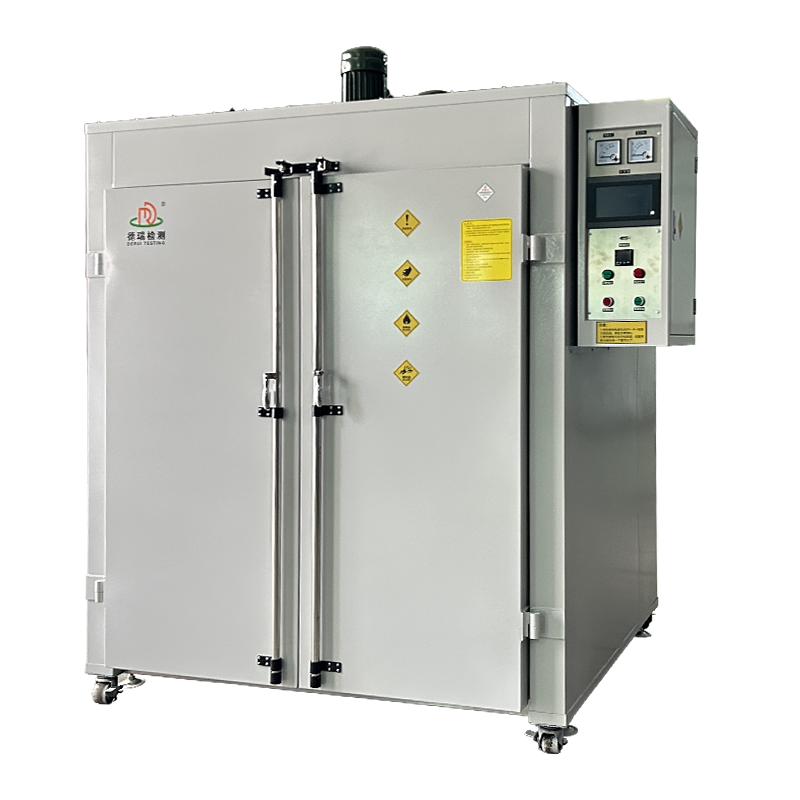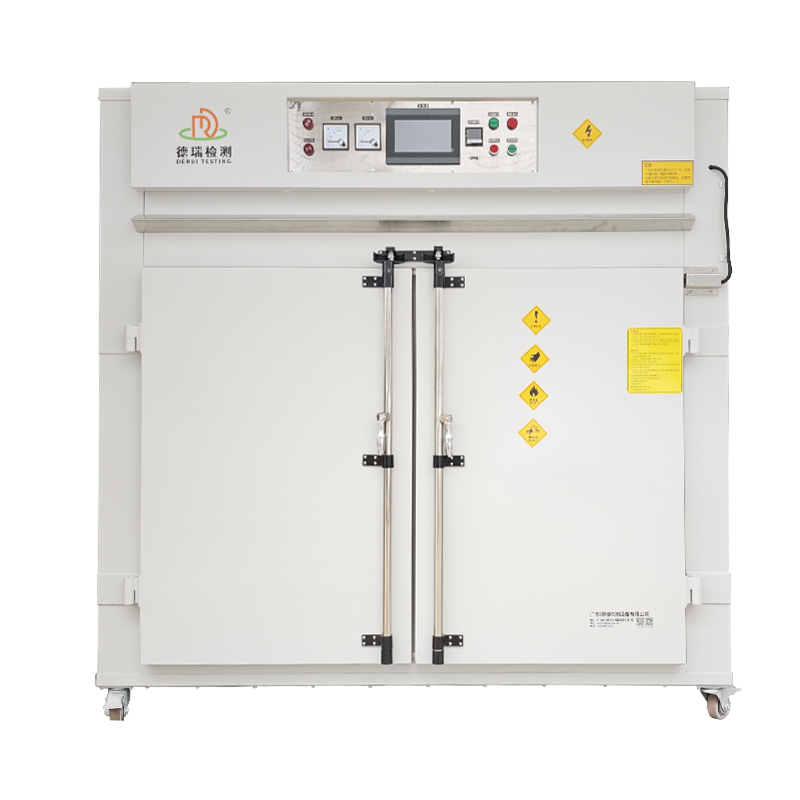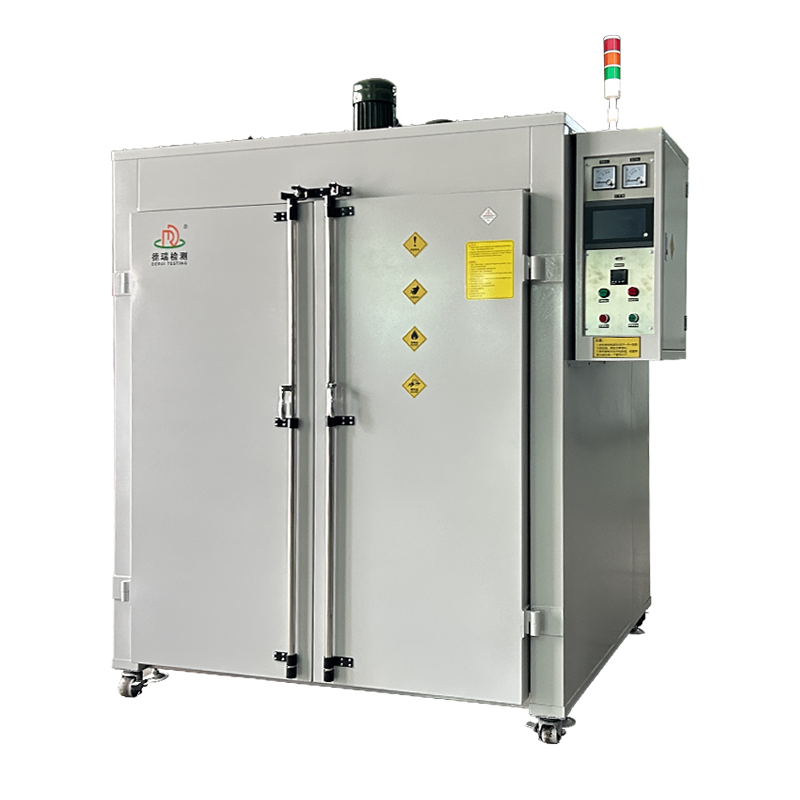Welcome!




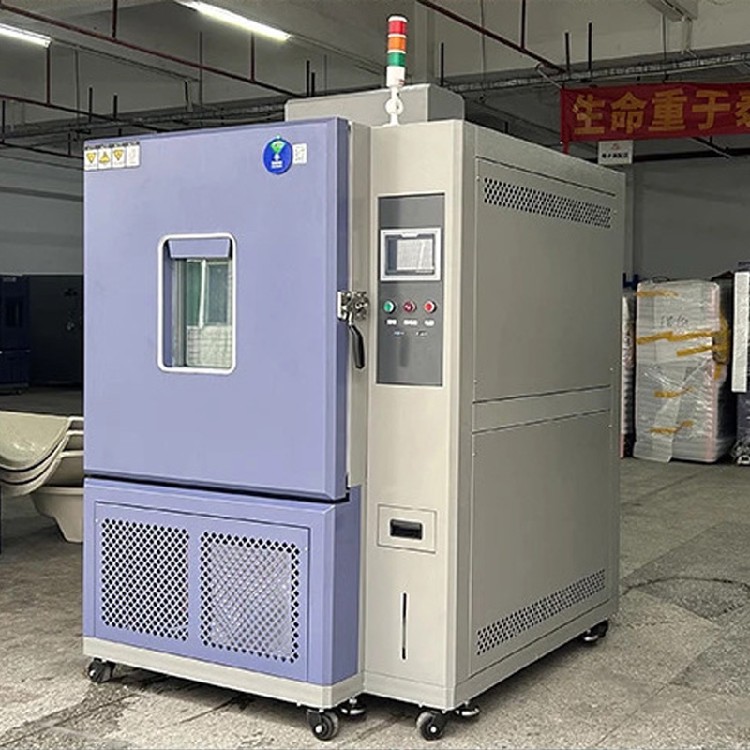
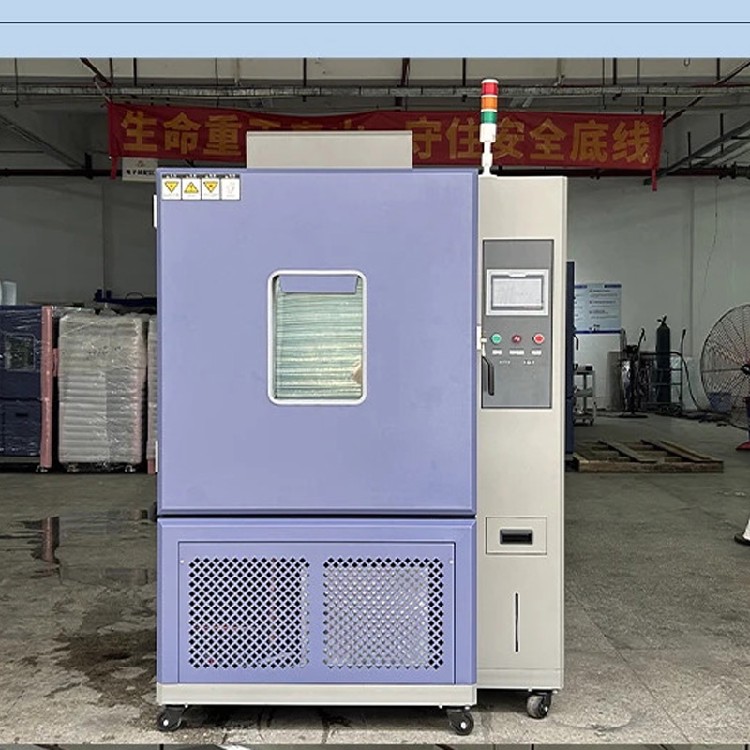
Environmental simulation rapid temperature change test chamber
Update time:2025-01-09 14:10:06
Price:$ 6000 - $ 6000 / unit
Min Order:0 unit
Basic Info
| High temperature | 150°C | Humidity range | 20%~98% R.H. | Internal Dimensions | 400x500x400 |
|---|---|---|---|---|---|
| Low temperature | -20°C\-40°C\-60°C\-70°C | Model | DR-H204 | Temperature and humidity control accuracy | ±0.5°C, ±2%R.H. |
| external materials | SUS304# stainless steel plate | ||||
Product Description

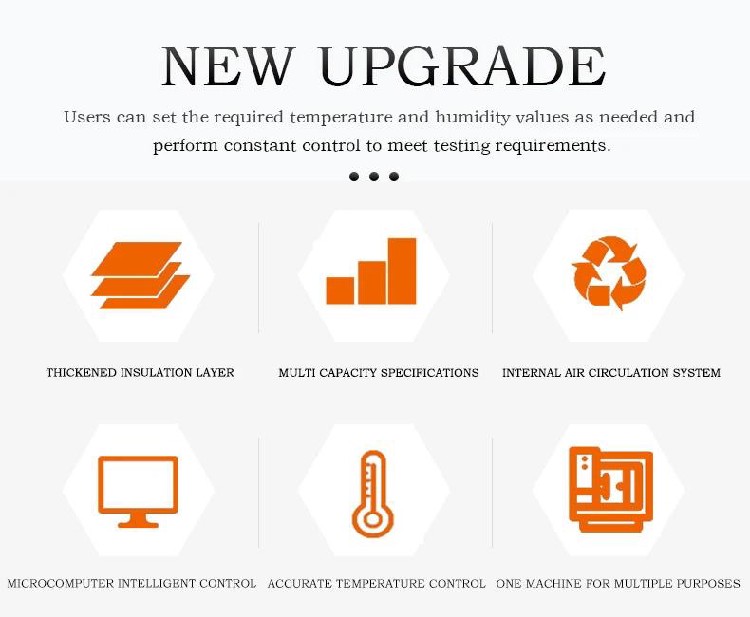
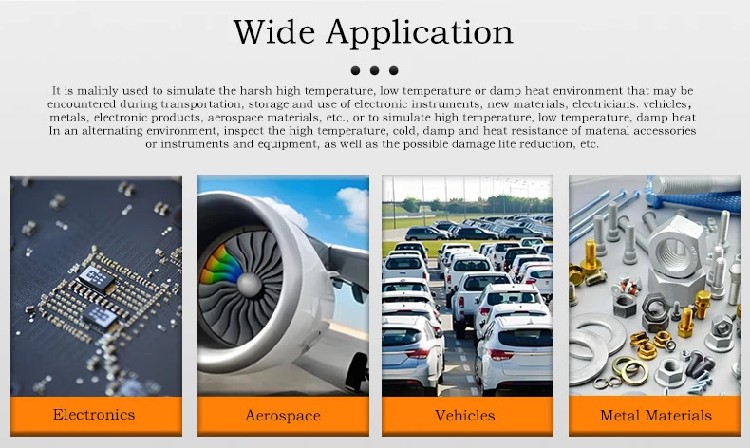
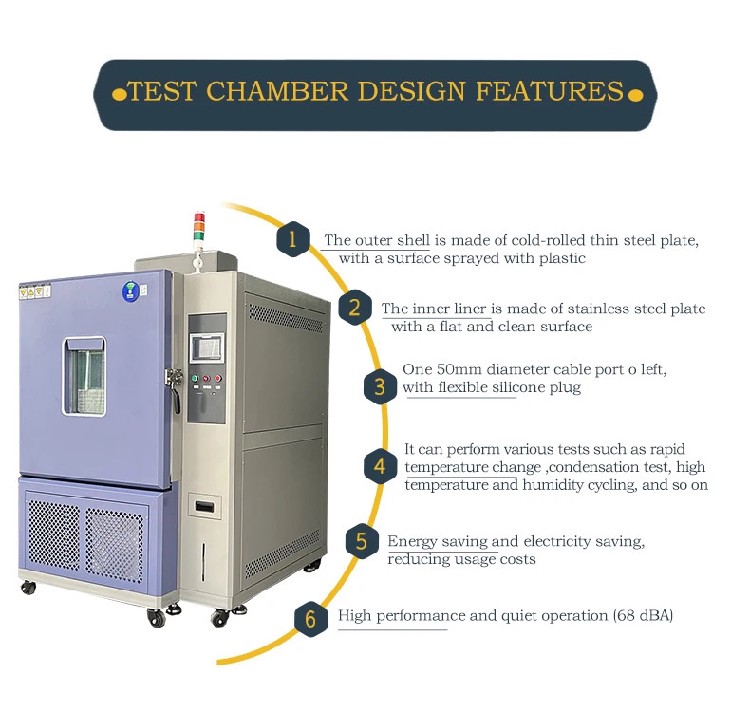
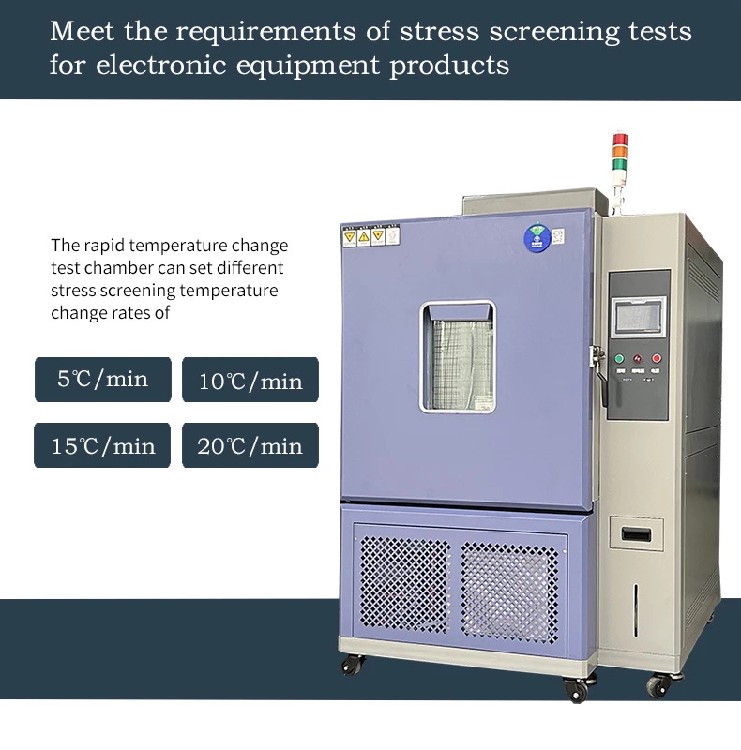



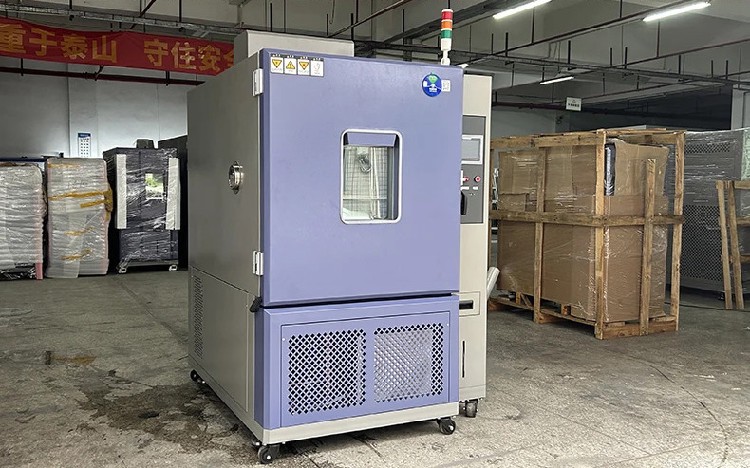
An Environmental Simulation Rapid Temperature Change Test Chamber (also known as a Thermal Shock Test Chamber) is used to rapidly cycle a product or material through extreme temperatures in order to evaluate its durability, performance, and reliability under rapid environmental changes. These chambers are essential for testing items that may experience sudden shifts in temperature, such as electronics, automotive parts, aerospace components, and other materials.
Key Features:
- Rapid Temperature Cycling:The chamber can rapidly shift from high to low temperatures and vice versa, typically between -70°C to 150°C, depending on the model.The transition speed is one of the most important factors, with many chambers capable of switching temperatures in minutes or even seconds.
- Temperature Range:Common temperature ranges:Low: -70°C to -40°CHigh: 80°C to 150°CSome advanced models can go even lower or higher, depending on the testing needs.
- Multiple Testing Zones:Some chambers have a three-zone design:High-temperature zone (hot)Low-temperature zone (cold)Transition zone: where the product moves between the hot and cold zones.The product is rapidly moved between these zones to undergo extreme temperature changes.
- Precise Control:Equipped with programmable controllers that allow users to set temperature profiles, including ramp rates (speed of temperature change), dwell times (time at each temperature), and cycling patterns.PID controllers provide accurate and stable temperature regulation.
- Sample Holder/Carrier:A specialized holder moves the test specimen between the high and low-temperature chambers.The holder is often motorized or operated using a hydraulic system to ensure smooth transitions.
- Humidity Control (Optional):Some models incorporate humidity control features for simulating environmental conditions with both temperature and humidity variations.
- Energy Efficiency:Modern thermal shock chambers are designed to reduce energy consumption by optimizing cooling and heating efficiency.
- Data Logging and Monitoring:Built-in sensors and data loggers provide real-time temperature monitoring.Some chambers allow data export for analysis and reporting.
- Durable Construction:Built with materials that can withstand extreme temperatures, like stainless steel interiors.Insulated and sealed doors to maintain temperature stability and prevent energy loss.
Applications:
- Electronics Testing:
- Automotive Parts:
- Aerospace:
- Materials Testing:
- Packaging:
Advantages:
- Efficiency:Quick testing cycles, often enabling results in hours or days instead of weeks.
- Realistic Simulation:Simulates conditions such as those found in extreme weather or space environments, providing more accurate and relevant testing for product reliability.
- Reduced Risk of Failure:Helps identify latent design or material flaws that may not be apparent under normal testing conditions.
- Cost-Effective:Although rapid thermal shock chambers can be expensive, they save costs in the long run by identifying weak points early in the product development cycle.
How It Works:
- Temperature Setpoint: The user programs the desired temperature limits and transition speed.
- Sample Placement: The product or material is placed in the test chamber on the movable carrier.
- Cycle Initiation: The chamber cycles between hot and cold zones, subjecting the sample to thermal shock.
- Observation and Testing: The chamber monitors the sample’s response (e.g., cracking, warping, electrical failure).
- Analysis: After completing the test, data is collected and analyzed for performance under the simulated environmental conditions.
If you're interested in specific product recommendations, model specifications, or more details about rapid temperature change testing, feel free to let me know!
Recommended Products
Recently Viewed
 Flexible Vertical Combustion Tester, Configurable to Your Testing Needs
Flexible Vertical Combustion Tester, Configurable to Your Testing Needs Vertical Combustion Tester Offering Tailored Solutions for Different Industries
Vertical Combustion Tester Offering Tailored Solutions for Different Industries Building Material Vertical Combustion Tester, Ensuring Fire Safety
Building Material Vertical Combustion Tester, Ensuring Fire Safety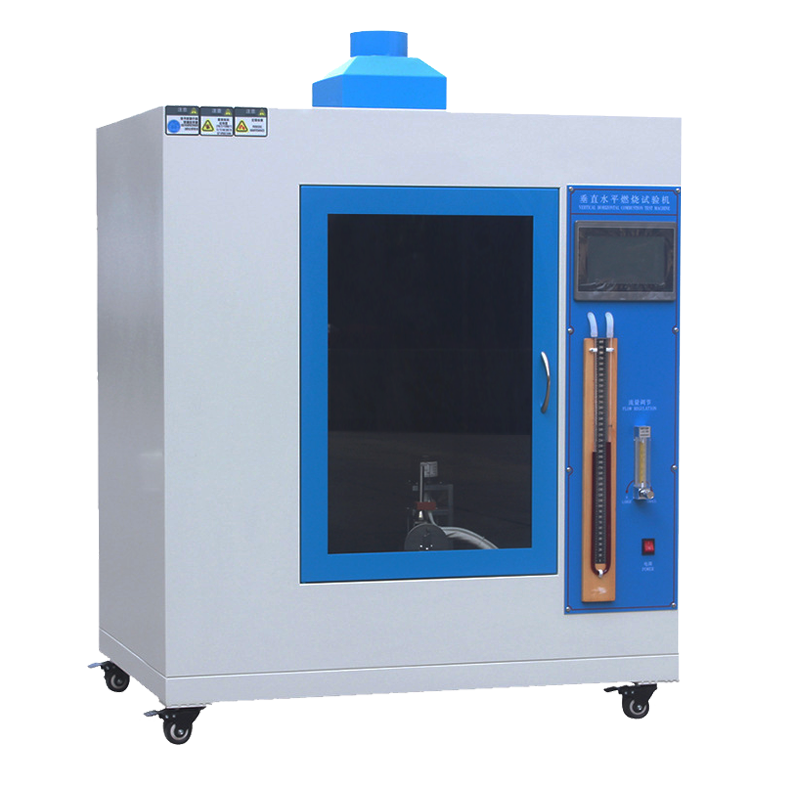 Vertical Combustion Tester, Providing Reliable Testing Results for Research and Development
Vertical Combustion Tester, Providing Reliable Testing Results for Research and Development Vertical Combustion Tester, Features Automatic Data Recording and Analysis
Vertical Combustion Tester, Features Automatic Data Recording and Analysis
Contact Us
Guangdong Derui Testing Equipment Co., Ltd.

